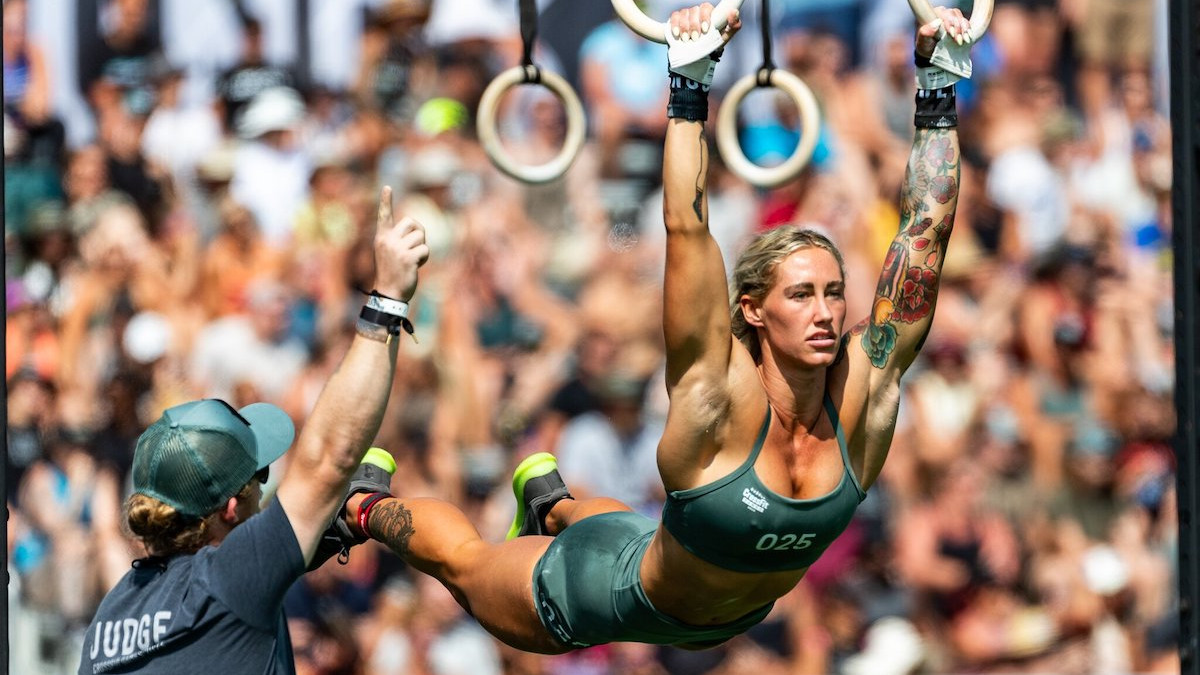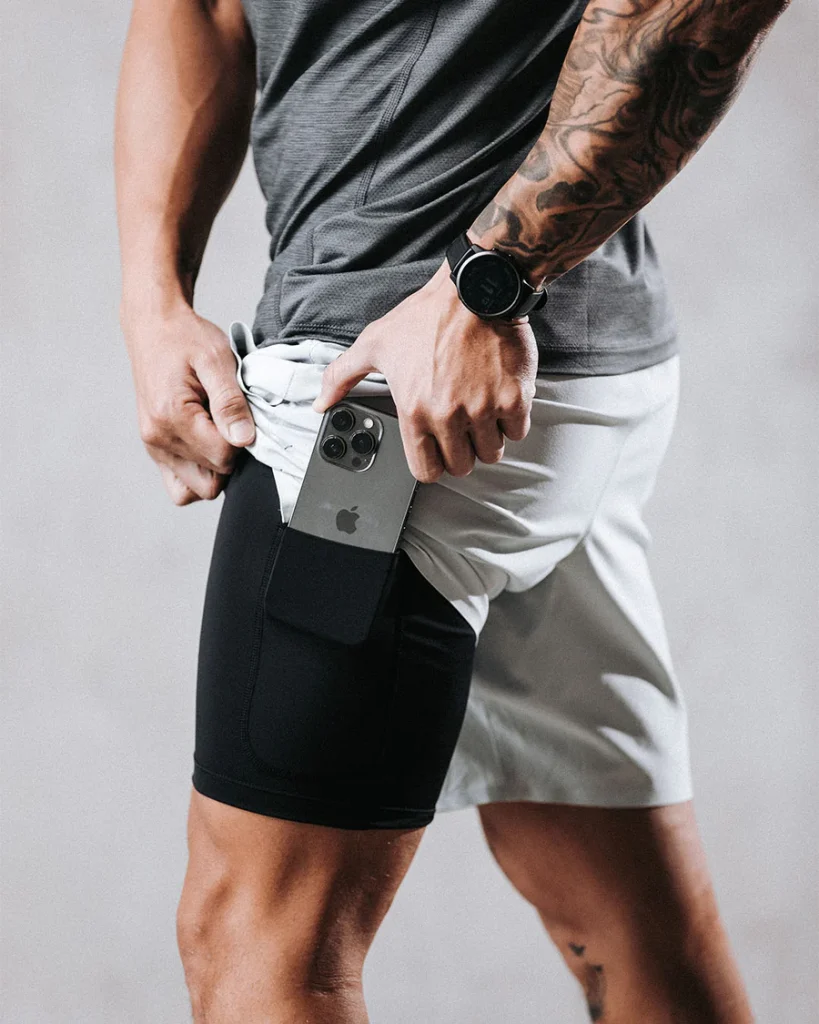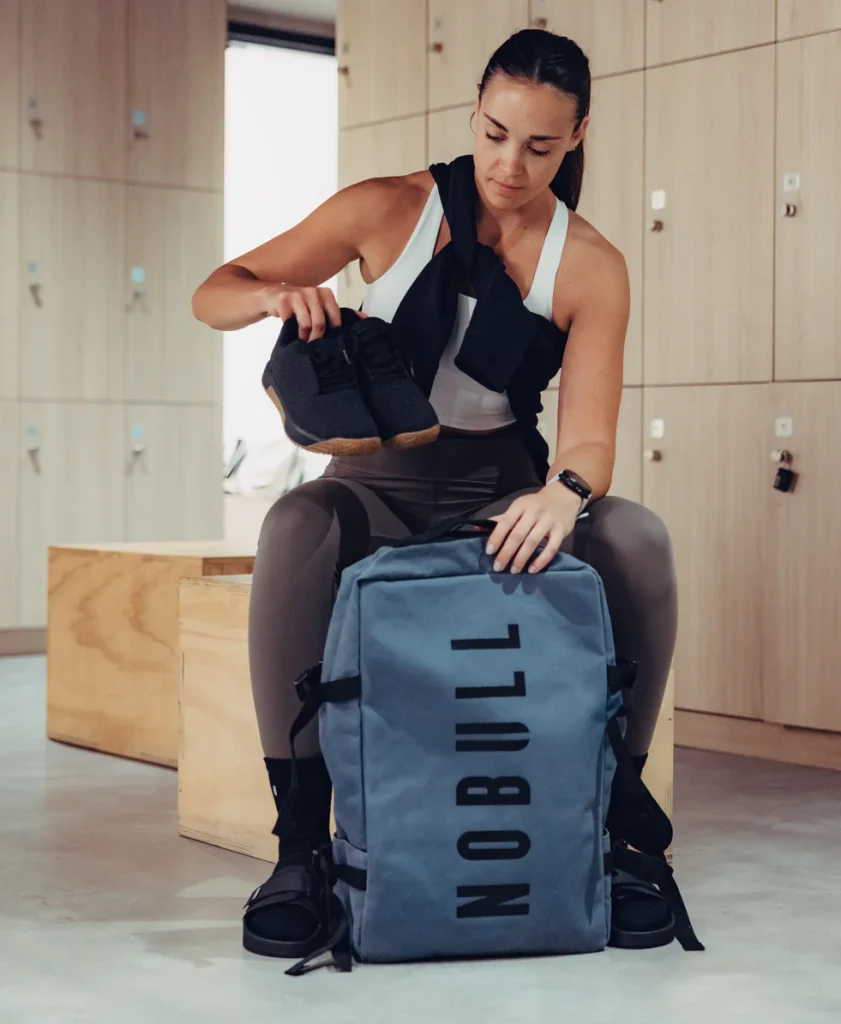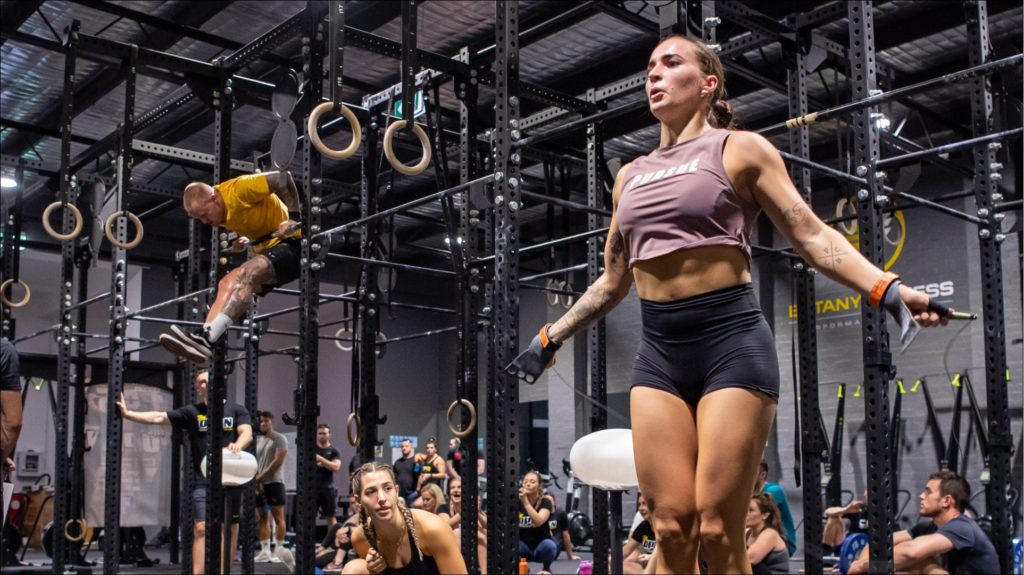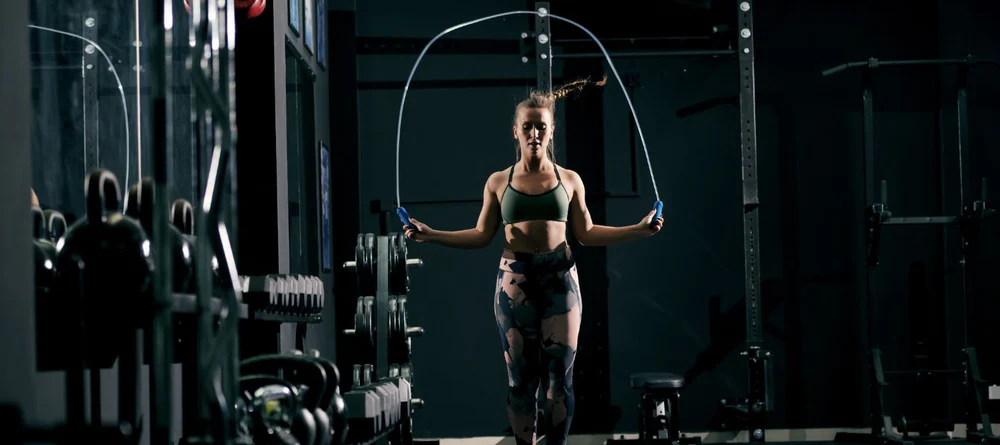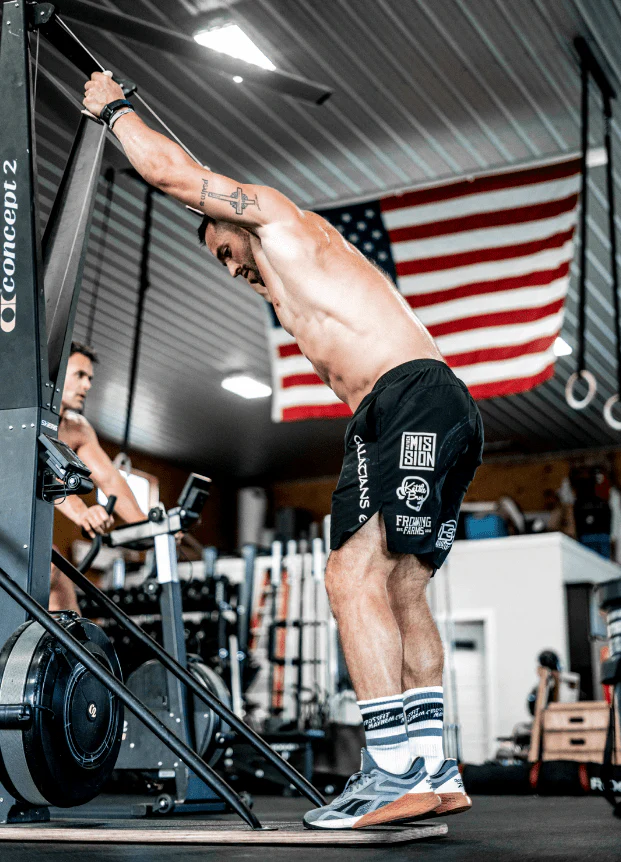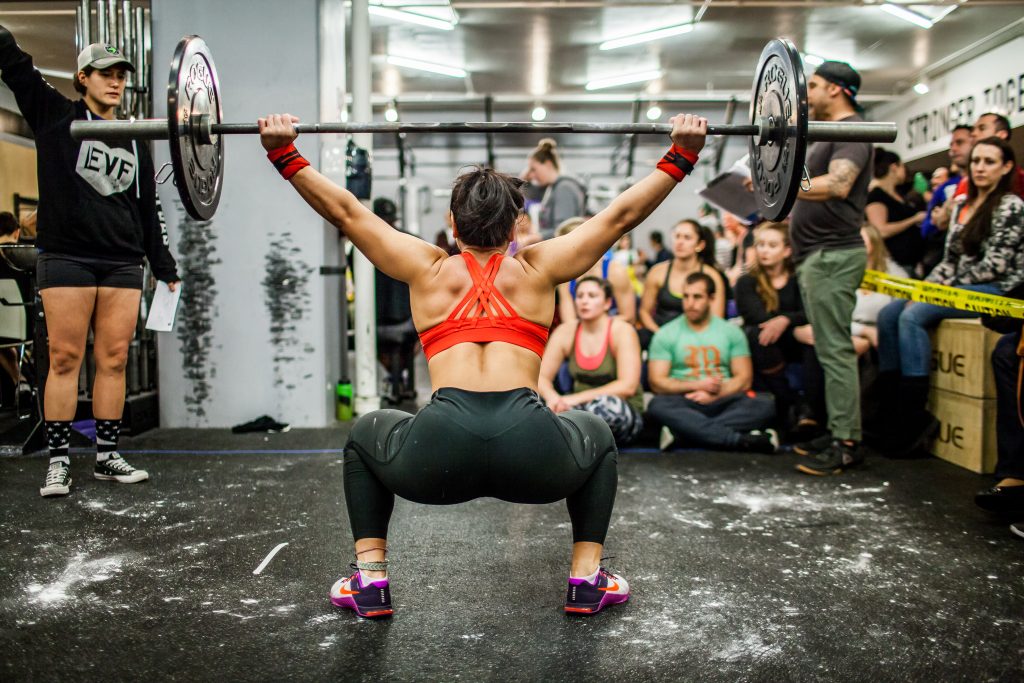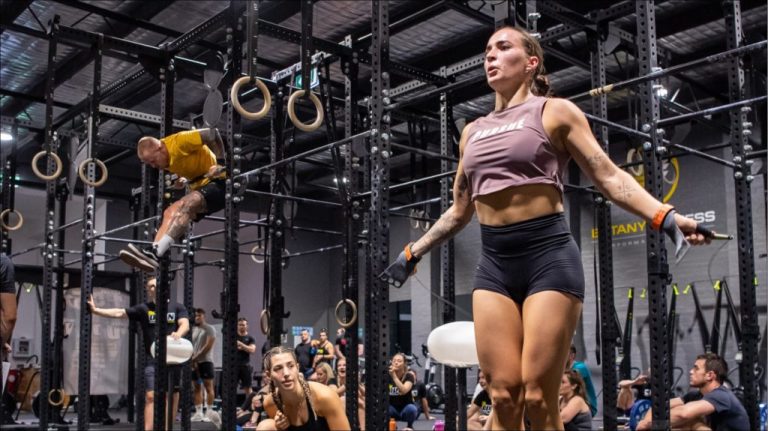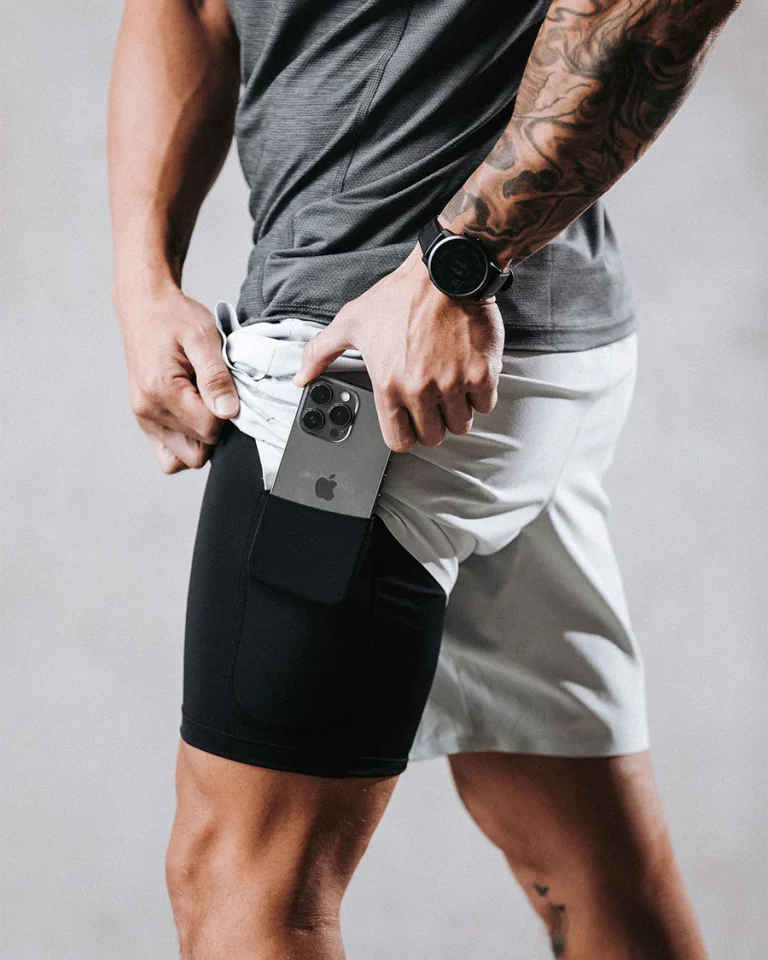The Gymnastic/Olympic Rings and CrossFit [2024]: A Deep Dive into History, Design, and CrossFit Integration
We independently test and/or review everything we recommend. When you buy through our links, we may earn a commission. Your support helps fund our testing and review efforts and allows us to grow and expand, bringing you even more trusted recommendations.
Introduction
The Gymnastics/Olympic rings, a symbol often associated with the Olympic Games, have transcended their origins, becoming a versatile piece of fitness equipment employed in various training regimens, including CrossFit.
While their historical association with the Olympic Games remains foundational, the rings have found a new life as a tool that challenges strength, balance, and endurance in the modern fitness world.
This article explores the evolution of Olympic rings from their historical roots to their specialized applications in CrossFit, offering a sophisticated analysis of their significance and versatility.
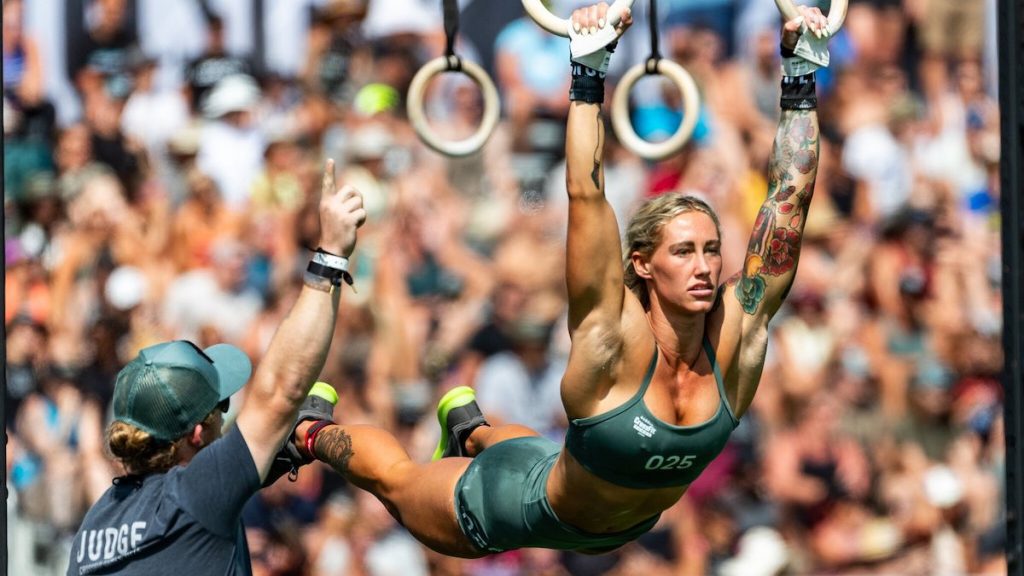
Historical Origins of the Olympic Rings
The Olympic rings’ history dates back to ancient Greece, where physical conditioning and the celebration of athletic prowess were central to society.
However, the rings as a symbol of the Olympic Games were not introduced until 1913 by Pierre de Coubertin, the founder of the modern Olympic Games. His vision was to represent the unity of the world’s five continents through interlocking rings in the colors of blue, yellow, black, green, and red, set against a white background.
Each of these colors was chosen because they appear on the flags of every participating nation, emphasizing global unity and the spirit of competition.
The use of rings as a training tool, however, has a different trajectory.
Gymnastic rings, made from wood or metal, have been utilized in training since the 19th century, becoming an official part of men’s artistic gymnastics in the Olympic Games in 1896.
Gymnastic rings required not only brute strength but also precise control and balance, testing athletes in a way that mirrored ancient Greek ideals of a well-rounded athlete.
These rings found their way into military training as well, valued for their ability to build upper body strength and core stability.
The Rise of Olympic Rings in Functional Fitness
While Olympic rings have always had a place in gymnastics, their adoption into broader fitness paradigms, especially CrossFit, represents a significant evolution in their use.
The early 21st century witnessed a resurgence of interest in functional fitness, which focuses on training that mimics real-life movements and strengthens multiple muscle groups simultaneously.
In this context, Olympic rings have become more than a niche gymnastics apparatus; they are now a cornerstone in the functional training landscape.
CrossFit, with its emphasis on constantly varied, high-intensity workouts, has embraced the rings as a versatile and challenging tool.
Unlike the fixed bars or machines found in traditional gyms, the instability of the rings requires athletes to engage a broader range of muscles for stabilization.
This makes ring training particularly effective for building functional strength, balance, and coordination, aligning with CrossFit’s focus on training across ten general physical skills: strength, power, speed, endurance, flexibility, stamina, coordination, agility, balance, and accuracy.
Design and Construction of Modern Olympic Rings
The design of modern Olympic rings is deceptively simple yet meticulously engineered to maximize functionality.
Traditional rings, often used in gymnastics, were typically made of high-quality wood like birch, which provided a natural grip and slight give for comfort during demanding exercises.
However, with the expansion of ring use into different environments and climates, new materials like high-density plastic and composite fibers have been introduced. These modern materials resist warping and moisture damage, making them suitable for outdoor and indoor use alike.
A typical set of modern Olympic rings comes with adjustable nylon straps, featuring buckles for height adjustment. This allows athletes to customize the difficulty of their workouts, as even small adjustments in ring height can significantly alter the intensity of exercises.
For instance, lowering the rings to just above the ground can create a more challenging push-up variation, while higher settings facilitate exercises like muscle-ups or dips.
The straps, often designed with non-slip buckles, ensure that the rings remain securely in place during vigorous training sessions, emphasizing safety alongside versatility.
The Role of Rings in CrossFit Training
In CrossFit, Olympic rings are celebrated for their capacity to amplify the intensity and complexity of various exercises.
The primary movements associated with rings in CrossFit include ring dips, muscle-ups, ring push-ups, and ring rows. Each of these movements requires a unique combination of strength, mobility, and coordination, and they are often integrated into CrossFit’s high-intensity WODs (Workouts of the Day).
1. Ring Dips:
Ring dips are a fundamental exercise in CrossFit that targets the chest, triceps, and shoulders.
The instability of the rings compared to a parallel dip bar requires a greater degree of muscle engagement, particularly from the core and stabilizing muscles around the shoulders. The athlete must not only push their body upwards but also control the lateral and forward-backward movement of the rings.
This dynamic engagement builds shoulder stability and prevents injuries that can arise from more isolated training methods.
2. Muscle-Ups:
The muscle-up, often considered a hallmark of CrossFit athletes, combines a pull-up and a dip into one fluid movement.
Starting from a hanging position, the athlete pulls up explosively until the rings are at chest level, then transitions their body weight over the rings into a deep dip position before pressing upwards.
This movement demands significant upper body strength, as well as precise technique and coordination. Mastering the muscle-up on rings represents a milestone in an athlete’s CrossFit journey, symbolizing the mastery of both strength and skill.
3. Ring Push-Ups and Rows:
Ring push-ups introduce an added element of instability to a classic bodyweight exercise.
By performing push-ups with the hands gripping the rings, the athlete must engage the core and stabilizing muscles to prevent the rings from shifting.
Similarly, ring rows offer a scalable way to build pulling strength, with the angle of the body determining the exercise’s difficulty.
These movements are especially useful for developing balanced strength in the upper body, targeting muscles like the rhomboids, lats, and rear deltoids.
4. Static Holds and Core Training:
Beyond dynamic movements, rings are highly effective for static holds like the L-sit or the support hold.
In an L-sit, the athlete supports themselves on the rings while holding their legs straight out in front, forming an “L” shape with their body. This is a challenging core exercise that also strengthens the hip flexors, triceps, and shoulders.
Similarly, a support hold, where the athlete simply holds themselves above the rings with arms straight, can be deceptively difficult, as it requires perfect alignment and core engagement to maintain stability.
The Science Behind Ring Training
The effectiveness of Olympic rings in building functional strength is rooted in the principles of instability and neuromuscular adaptation.
Unlike fixed equipment, the rings move freely, which forces the body to recruit stabilizing muscles to maintain balance. This dynamic stabilization activates a larger percentage of muscle fibers during each movement, leading to greater overall muscle engagement compared to exercises performed on a stable surface.
From a neuromuscular perspective, ring training enhances proprioception—the body’s ability to sense and control its position in space. This is particularly beneficial for athletes, as it improves their ability to adjust to rapidly changing situations, whether in a competition or in daily activities.
The constant micro-adjustments required to maintain stability on the rings train the nervous system to become more efficient in coordinating movements, leading to improved athletic performance.
Olympic Rings and Mental Toughness in CrossFit
CrossFit is as much a mental challenge as it is a physical one, and the rings serve as a tool for developing both aspects.
Exercises like the muscle-up require not only strength but also perseverance, patience, and a willingness to embrace discomfort.
Many athletes encounter a mental barrier when first attempting advanced ring movements, as the fear of failure or falling can be significant.
Overcoming these challenges fosters a sense of resilience and mental fortitude, qualities that are highly valued within the CrossFit community.
The rings also teach athletes to embrace the process of skill development.
Unlike weightlifting, where progress can be easily measured by the amount of weight lifted, mastery of the rings often involves subtle improvements in technique and control.
This focus on process over outcome can be a humbling experience, reminding athletes that progress is not always linear and that patience is essential for growth.
CrossFit Competitions and the Evolution of Ring Challenges
Olympic rings have become a staple in CrossFit competitions, appearing in events like the CrossFit Games where athletes are challenged to perform complex movements under pressure.
Event designers often push the limits of ring exercises, introducing variations that test athletes’ creativity and adaptability.
For example, athletes might be required to perform strict muscle-ups, where no momentum is allowed, or to complete long sets of ring dips at the end of an exhausting workout.
These competitive settings highlight the adaptability of Olympic rings as a training tool.
Whether used for building foundational strength or for testing elite-level endurance, rings can be adjusted to challenge athletes at any stage of their fitness journey.
Their integration into CrossFit competitions has solidified their status as an essential element of the sport, blending gymnastics’ precision with the raw intensity of CrossFit.
Conclusion: The Enduring Legacy of Olympic Rings
From their ancient roots to their modern applications in CrossFit, Olympic rings have evolved into a versatile tool that embodies both tradition and innovation. Their ability to challenge the body and mind makes them indispensable in the world of functional fitness.
In CrossFit, the rings represent more than just an exercise apparatus—they symbolize the pursuit of balance, strength, and resilience.
As athletes across the globe continue to push the boundaries of what can be achieved with this simple yet demanding piece of equipment, the Olympic rings remain a testament to the enduring power of movement, both in sport and in life.
